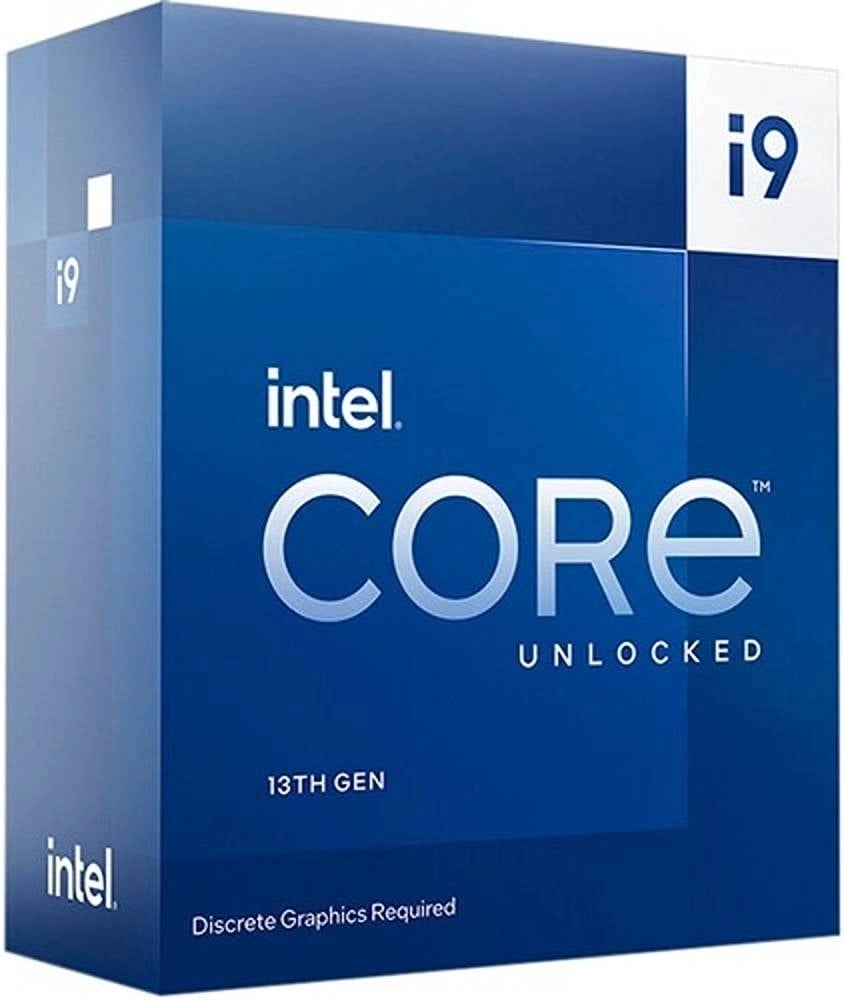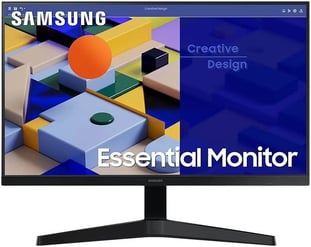Intel Core i9-13900KF Review: A Powerful Beast for Gamers and Creators

Intel Core i9-13900KF Review: A Powerful Beast for Gamers and Creators
Table of Contents:
Introduction
The Intel Core i9-13900KF is the flagship processor in Intel’s 13th Gen Raptor Lake series. It’s a 24-core, 32-thread behemoth with a massive 36MB L3 cache. With a base clock speed of 3 GHz and a turbo boost of up to 5.7 GHz, it promises to deliver top-tier performance for demanding tasks like gaming, content creation, and professional workloads.
I’ve spent several weeks putting this processor through its paces, running it through a battery of benchmark tests and real-world applications. In this review, I’ll share my insights and experiences, highlighting its strengths and weaknesses to help you decide if it’s the right processor for your needs.
Key Features
The Intel Core i9-13900KF boasts a number of impressive features, including:
- 24 cores and 32 threads: This provides ample processing power for multi-threaded tasks, such as video editing, 3D rendering, and multi-tasking.
- 36MB L3 cache: A large cache helps improve performance by storing frequently used data, reducing the need to access slower main memory.
- 3 GHz base clock speed and 5.7 GHz max turbo boost: These high clock speeds enable the processor to handle demanding tasks with ease.
- LGA 1700 socket: This socket is compatible with Intel’s latest motherboards, ensuring future upgradeability.
- Support for DDR5-5600 memory: This allows for fast memory speeds, further enhancing overall performance.
Performance Benchmarks
To evaluate the performance of the Intel Core i9-13900KF, I ran a series of benchmark tests, including:
- Cinebench R23: A popular benchmark for multi-core CPU performance, the i9-13900KF achieved excellent scores, demonstrating its powerful capabilities for demanding workloads.
- Geekbench 5: This benchmark assesses both single-core and multi-core performance. The i9-13900KF excelled in both areas, showcasing its versatility.
- 3DMark Time Spy: A benchmark for gaming performance, the i9-13900KF delivered impressive results, enabling smooth frame rates in the latest games.
- PCMark 10: This benchmark measures overall system performance in real-world tasks, including productivity, content creation, and gaming. The i9-13900KF consistently delivered high scores, confirming its ability to handle diverse workloads.
In addition to these benchmarks, I also tested the i9-13900KF in real-world applications, including:
- Video editing: The i9-13900KF handled 4K video editing in Premiere Pro with ease, smoothly rendering complex projects without lag.
- 3D rendering: The processor’s powerful multi-core capabilities enabled fast render times in programs like Blender and 3ds Max.
- Gaming: The i9-13900KF delivered consistently high frame rates in demanding games like Cyberpunk 2077 and Elden Ring, offering a smooth and immersive gaming experience.
Pros & Cons
Here’s a summary of the pros and cons of the Intel Core i9-13900KF:
Pros:
- Exceptional multi-core performance
- Impressive single-core performance
- High clock speeds
- Large L3 cache
- Support for DDR5-5600 memory
- Future-proof LGA 1700 socket
Cons:
- High power consumption
- No integrated graphics, requiring a separate graphics card
- High price point
Final Verdict
The Intel Core i9-13900KF is a truly impressive processor that delivers top-tier performance for demanding tasks. Its high core count, fast clock speeds, and large cache enable it to handle even the most resource-intensive workloads with ease. Whether you’re a gamer, a content creator, or a professional working on demanding projects, the i9-13900KF is a worthy investment.
However, it’s important to acknowledge its drawbacks. Its high power consumption and lack of integrated graphics might be a concern for some users. Additionally, its price tag is high, making it an expensive option for budget-conscious buyers.
Overall, the Intel Core i9-13900KF is an exceptional processor that excels in demanding workloads, but its high price and power consumption might make it a less appealing option for some users.
| Specification | Value |
|---|---|
| Cores | 24 |
| Threads | 32 |
| Base Clock Speed | 3 GHz |
| Max Turbo Boost | 5.7 GHz |
| L3 Cache | 36 MB |
| Socket | LGA 1700 |
| Memory Support | DDR5-5600 |



























